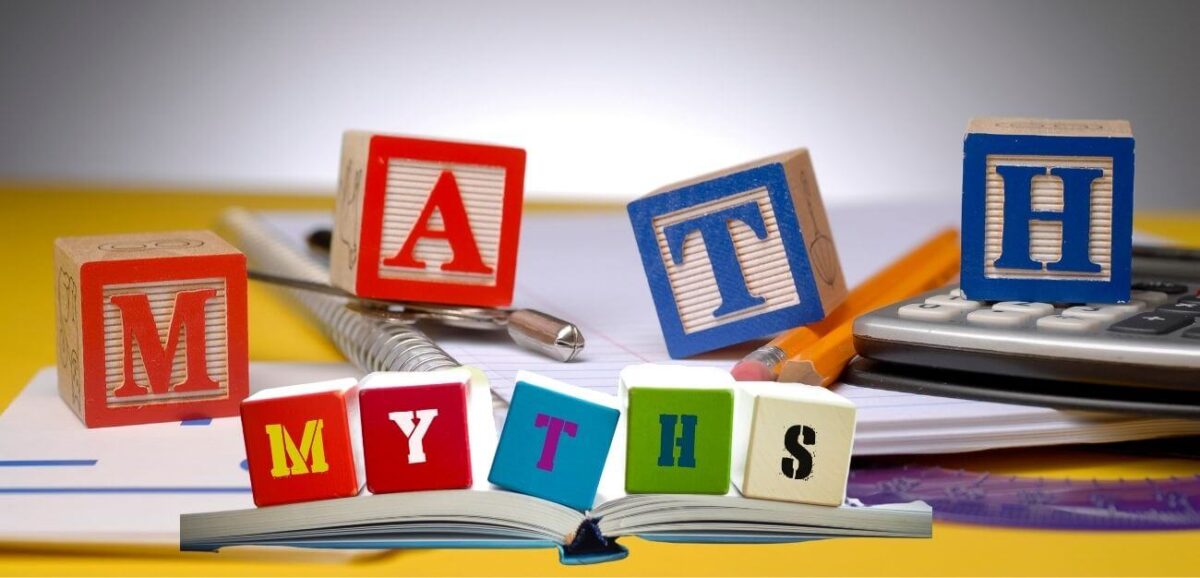When it comes to math, as a parent, you may have feelings of apprehension or even dread that you subtly pass on to your child. While many may chalk this up to dislike for the subject, it can actually be classified as ‘math anxiety’ – a defined, researched, and quite common phenomenon. This article aims to delve […]
Parents And Math Anxiety










